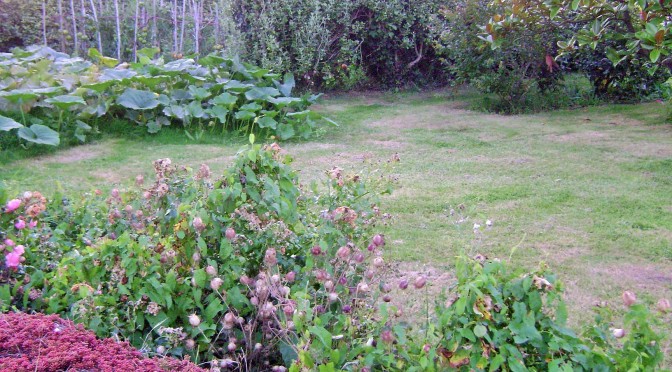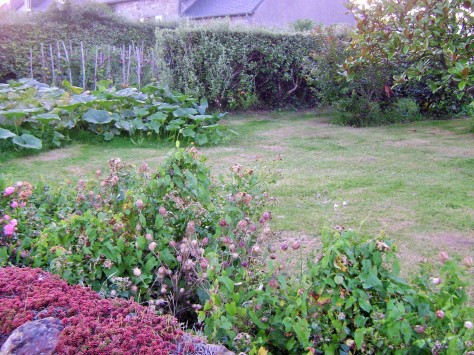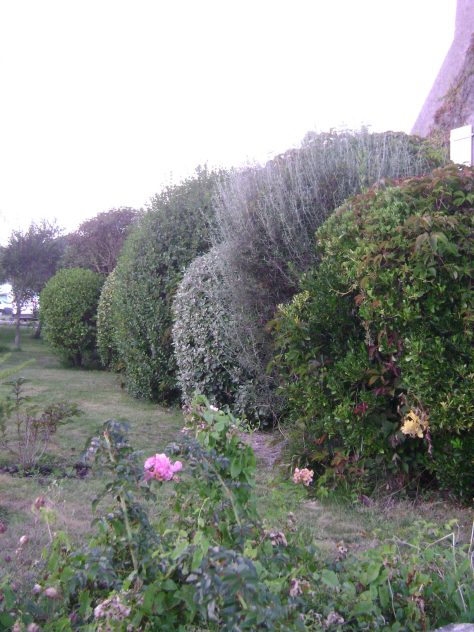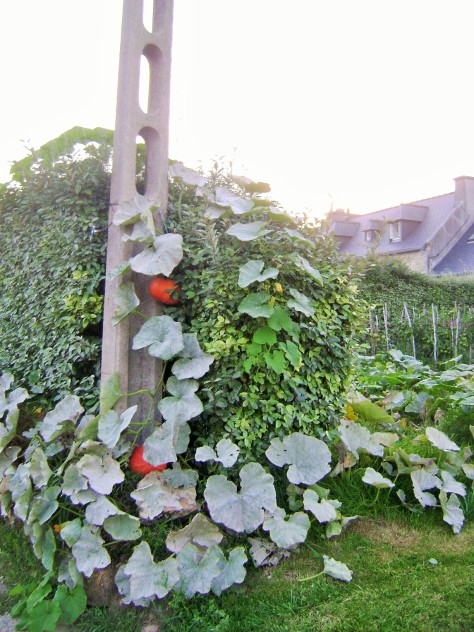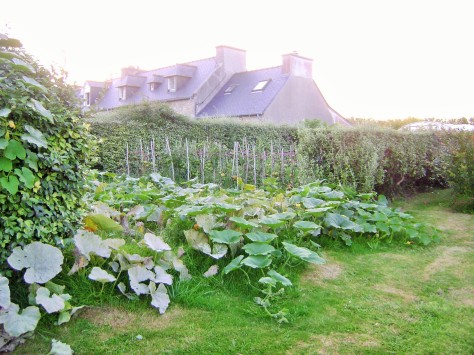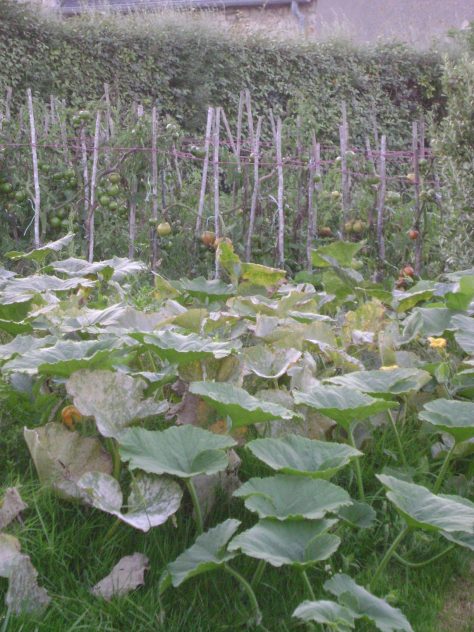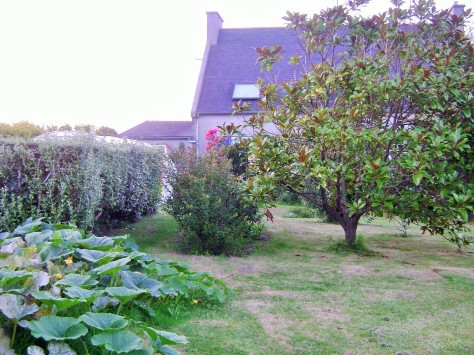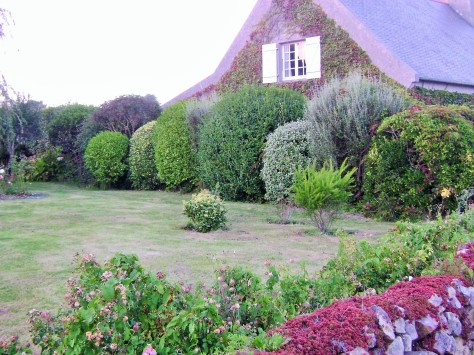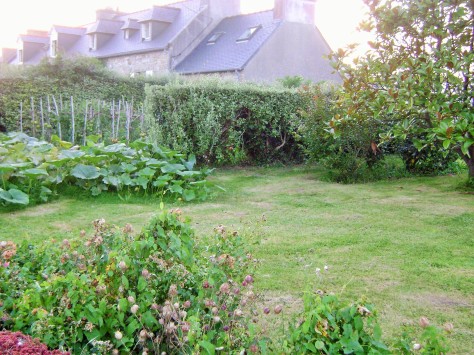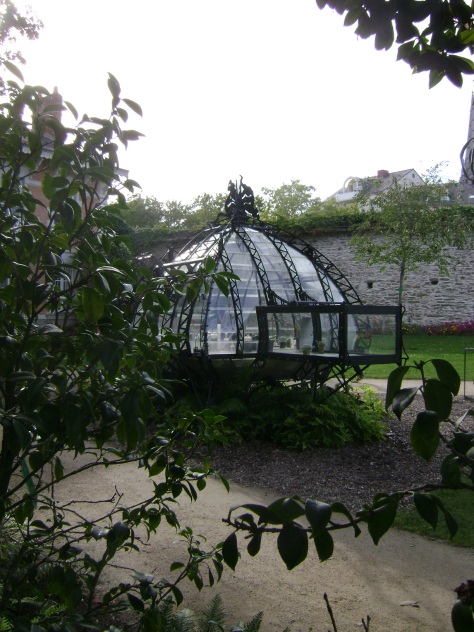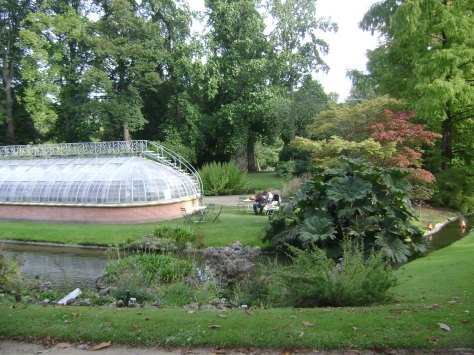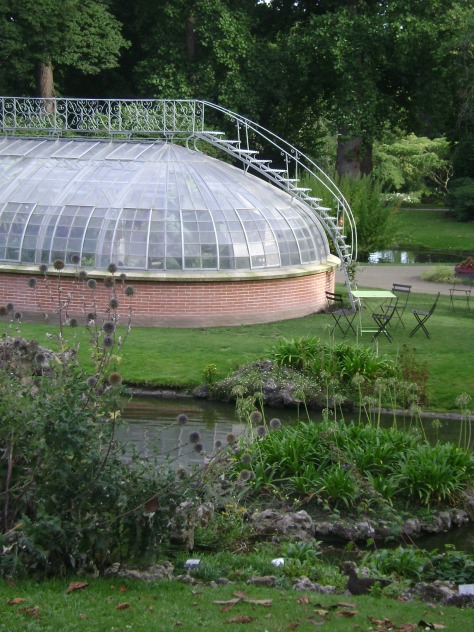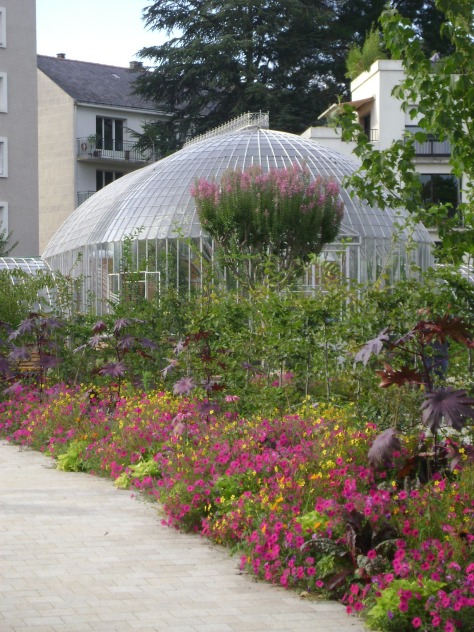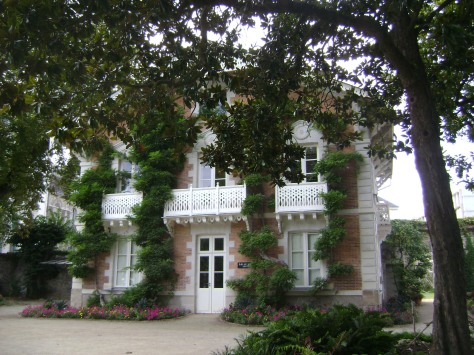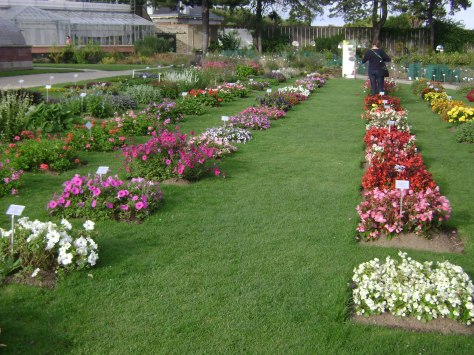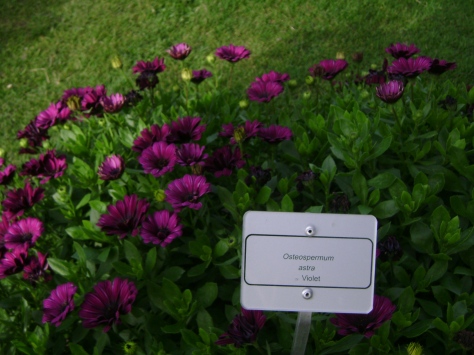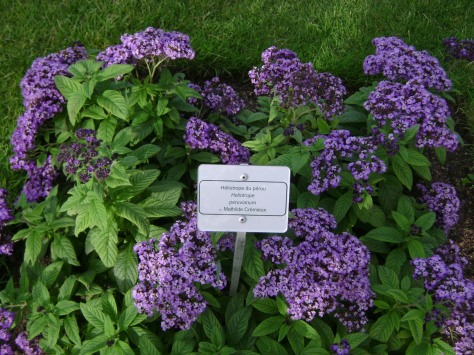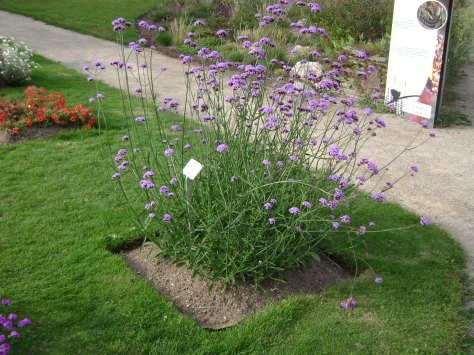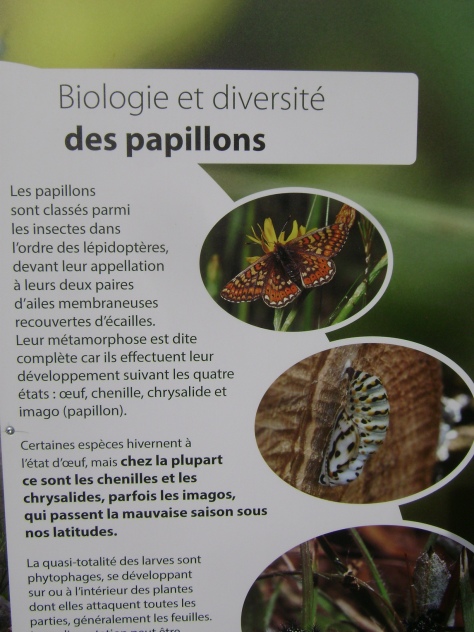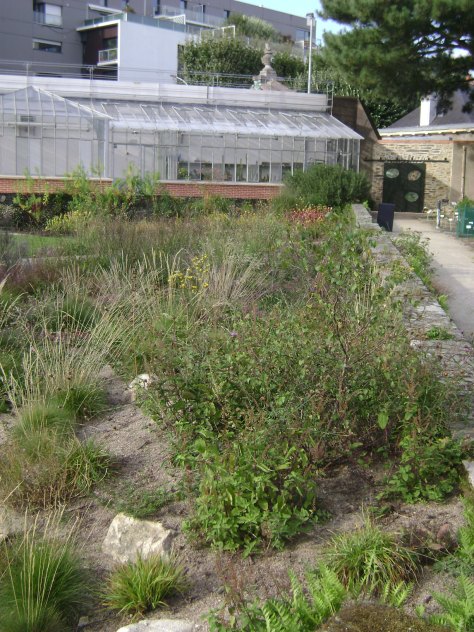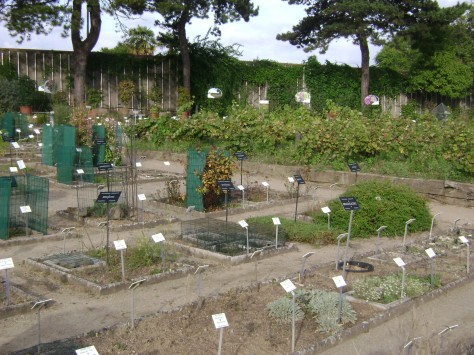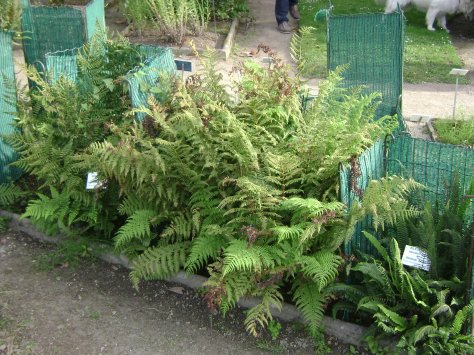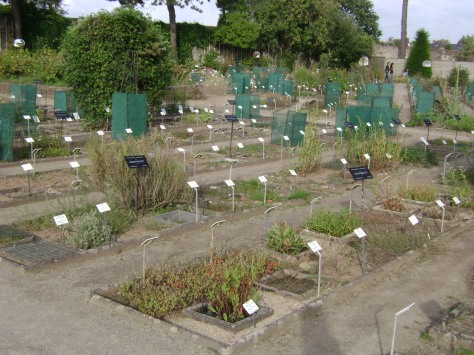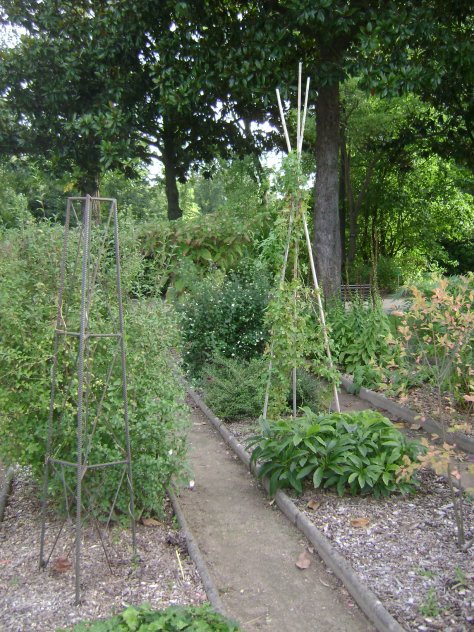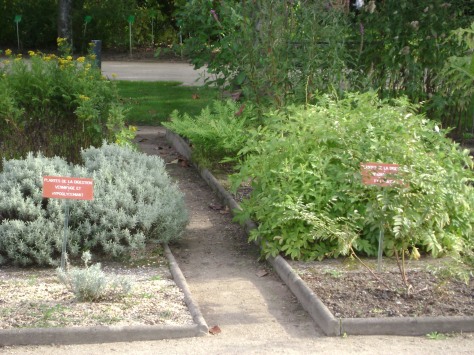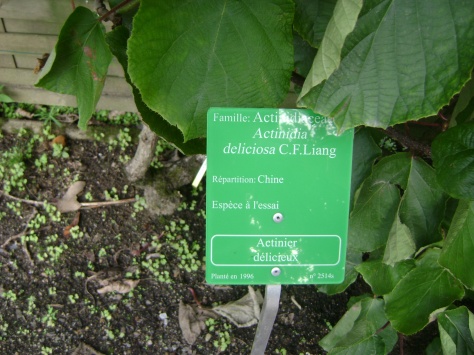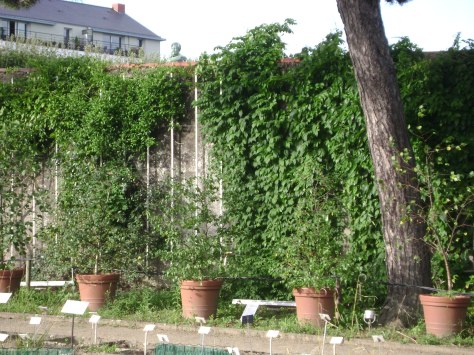The Botanical Gardens in Cordoba, Spain opened in 1887 and were designed for primarily educational and scientific purposes. They are laid out along a wide central alley leading on one side to the Collections, species native to Spain arranged in borders edges by low growing rosemary or hackberry, and on the other side the Agricultural School, featured in this post, with a large collection of citrus trees as well as an extensive vegetable and kitchen garden. In the center are greenhouses dedicated to species from the Canary Islands, Balearic Islands and Andalusia, as well as a lovely area dedicated to the Andalusian patio.
In the School of Agriculture, the emphasis is on sustainability and diversity, with sustainability and organic gardening on the forefront. Plants grown are those for human or animal consumption as well as any plants offering benefits or use to people. Many different methods of cultivation are used and in those collection one can observe the different cycless of plants through the seasons.






























 The gardener’s cottage and annex has a lean in hothouse that was used at the time for exotic plants and hothouse flowers.
The gardener’s cottage and annex has a lean in hothouse that was used at the time for exotic plants and hothouse flowers.






















































































